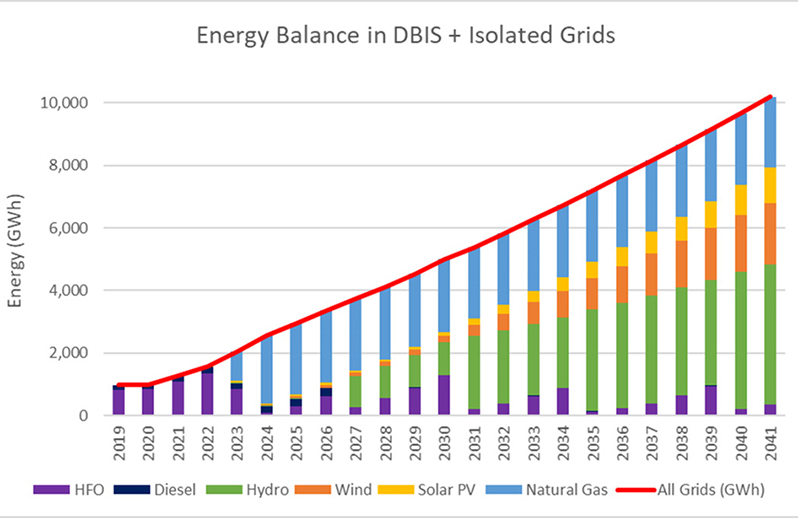By Cindy Parkinson
GUYANA, a new oil producer, is at the peak of a new era of development with over 11 billion barrels of proven oil reserves, one of the highest per capita levels in the world, with GDP growth rates and fiscal revenues rising enormously over time. As part of aggressive climate change promises (such as achieving 74 per cent clean and renewable energy by 2040), the government of Guyana is also implementing an ambitious transformation for domestic electricity generation as outlined in the country’s Low Carbon Development Strategy 2030.
The Government of Guyana has worked with several partners, including the Government of Norway, in advance of its renewable energy programme.
This is a main component of Guyana’s plans for low-carbon development that chart the pathway to 2030 and beyond.
As a result of the bilateral co-operation agreement with the Government of Norway, preserving the quality of Guyana’s forests will help the nation meet its climate objectives and be paid for performance on this target. Over US$220M was earned under this partnership.

With these finances earned by Guyana’s first LCDS, a significant project on renewable energy is being implemented — the Guyana Utility-Scale Solar Photovoltaic Programme (GUYSOL), which commenced in June 2022.
This programme will help the nation migrate, in about three years, to a grid that uses 19 per cent renewable energy.
Through funding renewable energy initiatives, Guyana is working with several partners, including the IDB and the Government of India, to expand the renewable energy sector. These partners have supported Guyana’s shift towards energy diversification through several operations, including investing in microgrids, rooftop solar panels on public buildings, and smaller solar farms in the countryside. This would mean that Guyana would progress toward achieving the ‘green line’ of low emissions targets using clean and renewable energy.
A technological shift in the way power is produced in Guyana is being brought about by GUYSOL, which is moving swiftly toward a higher percentage of renewable energy on the electricity networks. Three electrical systems in Guyana—the Demerara-Berbice Interconnected System, the Essequibo System, and the Linden System—are served by GUYSOL’s investment in eight solar farms totalling 33 MWp and 34 MWh of battery energy storage. Once completed and operational, the projects should prevent 75,277 tons of CO2 emissions. Guyana Power and Light (GPL) has begun accepting bids for this work, starting with this transformational programme.

The programme is anticipated to replace costly and environmentally damaging fossil fuels like diesel and heavy fuel oil used to generate energy and enhance Guyana’s LCDS goal of creating a cleaner and more diversified electrical generation matrix. A crucial aspect of the operation is that it will support the interior utilities’ transition from manual analogue processes to digital, real-time, automated monitoring and control systems. The GUYSOL Programme will support these infrastructure investments by promoting diversity and inclusion in the upkeep and administration of renewable infrastructure, creating local skills and apprenticeships with a focus on opportunities for women, and enhancing local skills and capabilities.
After the project, Guyana will contribute to an unprecedented move ahead on the country’s renewable energy landscape, illustrating how forests are a nature-based asset that pays returns on energy diversification and climate action.
(This is part of a weekly series on LCDS.) The author can be contacted at cparkinson0206@gmail.com)




.jpg)










